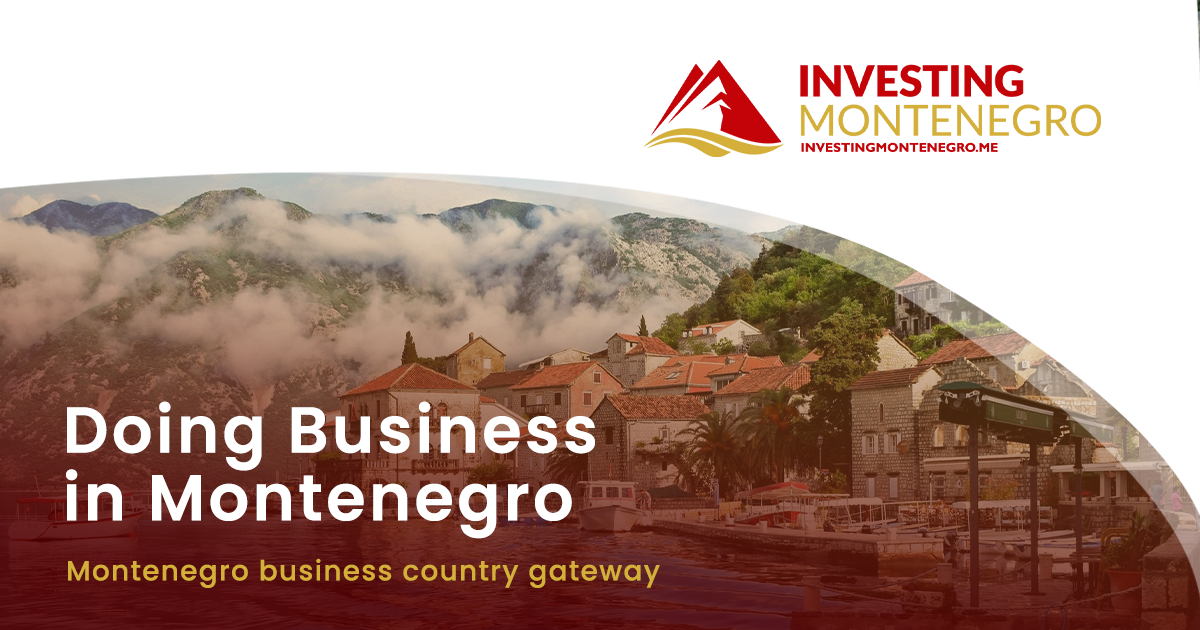Montenegro, a small country located in the Balkans, has been making significant strides in its financial services sector in recent years. As an aspiring European Union (EU) member state, Montenegro’s financial services industry is actively working towards harmonizing with EU standards and regulations. This article explores the opportunities and challenges that Montenegro’s financial services sector faces in integrating with the EU markets.
1. Overview of Montenegro’s Financial Services Sector:
Montenegro’s financial services sector has made significant progress in the last decade, driven by robust economic growth and a favorable investment climate. The sector comprises banks, insurance companies, pension funds, capital markets, and non-banking financial institutions. The country’s financial system is primarily regulated by the Central Bank of Montenegro and the Insurance Supervision Agency.
2. EU Accession and Integration:
Montenegro has set EU membership as a strategic priority, and financial integration with the EU markets is a crucial part of this process. Accession negotiations with the EU started in 2012, and Montenegro has made substantial progress in aligning its financial services sector with EU directives and regulations. EU integration provides Montenegro with improved access to the single market, increased foreign investment, and enhanced financial stability.
3. Opportunities for Montenegro’s Financial Services Sector:
a) Access to the EU Single Market: Integration with the EU markets allows Montenegrin financial institutions to expand their operations by offering services to a larger customer base within the EU.
b) Foreign Direct Investment (FDI): EU membership prospects have attracted foreign investors to Montenegro’s financial services sector. FDI inflows contribute to the growth and development of the sector.
c) Improved Financial Stability: Harmonizing regulations and standards with the EU helps strengthen Montenegro’s financial system by adopting best practices in risk management, corporate governance, and consumer protection.
d) Increased Competition: Integration with the EU markets exposes Montenegrin financial institutions to intensified competition, encouraging innovation, and improving the quality of services offered.
4. Challenges on the Path to Integration:
a) Regulatory Alignment: Montenegro needs to ensure complete compliance with EU directives and regulations. This requires implementing necessary reforms and enhancing regulatory frameworks, which may pose challenges in terms of time, resources, and technical capacity.
b) Strengthening Supervision and Enforcement: Montenegro’s supervisory institutions must enhance their capacities to effectively regulate and supervise financial institutions, ensuring transparency and integrity in the financial services sector.
c) Market Readiness: Montenegrin financial institutions need to improve their operational efficiency, risk management capabilities, and corporate governance practices to compete effectively in the EU markets.
d) Legacy Issues: Addressing legacy issues such as non-performing loans and inefficient bankruptcy procedures is necessary to enhance the stability and efficiency of Montenegro’s financial system.
Montenegro’s financial services sector has considerable potential for growth and development through integration with the EU markets. While the path towards EU accession poses challenges, the opportunities offered by market access, increased FDI, and improved stability make it a worthwhile endeavor. Montenegro must prioritize regulatory alignment, supervision and enforcement, and market readiness to fully harness the benefits of EU integration and ensure a robust financial services sector that contributes to the country’s overall economic growth.
Supported by www.mercosur.me













